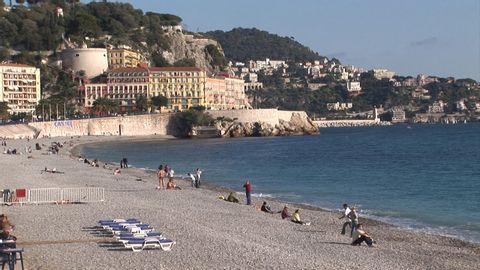
Subtitles & vocabulary
Nice, France, along the Côte d'Azur - the complete movie
00
不信中原不姓朱 posted on 2016/05/13Save
Video vocabulary
place
US /ples/
・
UK /pleɪs/
- Transitive Verb
- To put someone in a particular type of situation
- To put something in a certain location or position
- Noun (Countable/Uncountable)
- Particular location, area or region
- A position in a sequence or structure.
A1TOEIC
More great
US /ɡret/
・
UK /ɡreɪt/
- Adverb
- Very good; better than before
- Adjective
- Very large in size
- Very important
A1TOEIC
More area
US /ˈɛriə/
・
UK /'eərɪə/
- Noun (Countable/Uncountable)
- Amount of measured space
- A specific section or space; part of a region
A1TOEIC
More Use Energy
Unlock All Vocabulary
Unlock pronunciation, explanations, and filters
